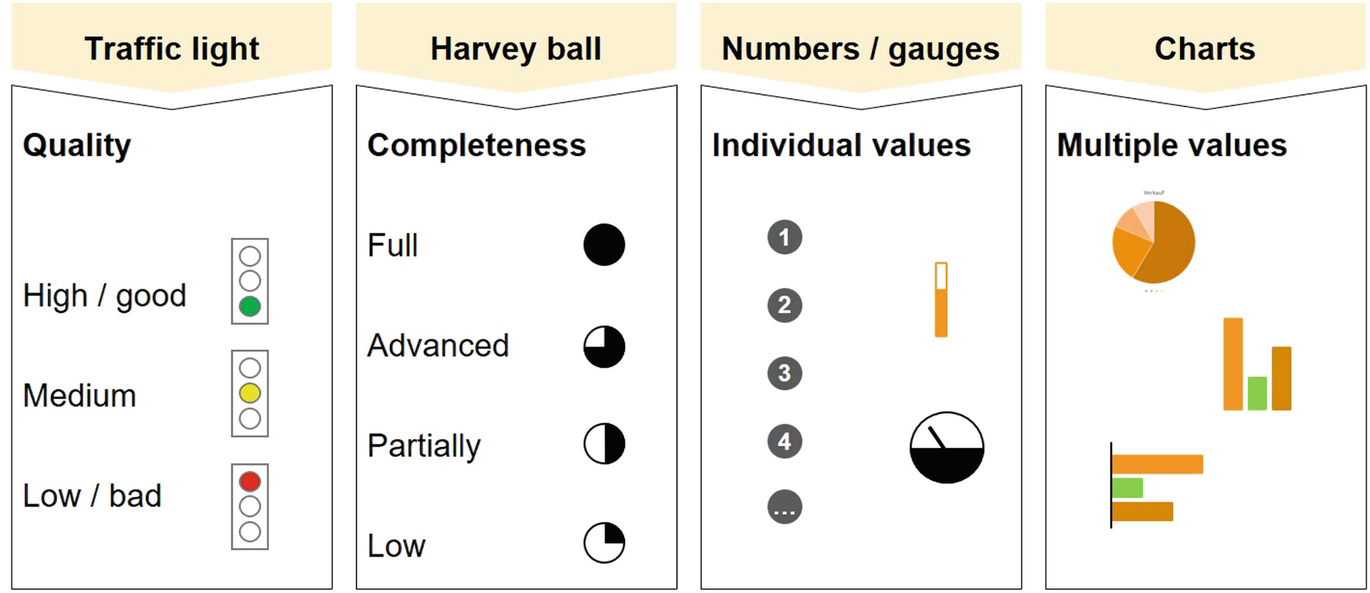Chatper 4.2 - Enterprise Architecture Visualization
Enterprise Architecture Visualization
The Role of the Enterprise Architect
Imagine the enterprise architect as the master planner within the corporate IT landscape, akin to a construction architect who designs buildings or a cartographer who drafts expansive maps. Picture a scene where the enterprise architect is surrounded by massive posters pinned across walls, each illustrating the company’s architecture in intricate detail. These diagrams, known as viewpoints, are the culmination of vast amounts of data meticulously gathered and stored in an EA repository.
Creating the Company’s Blueprints
Think back to Figure 4.3, initially introduced in Chapter 1, Page 17. It depicted the enterprise architect’s operational mode, a process highly reminiscent of the one we’re exploring now. The creation of these architectural diagrams can be approached in two distinct ways:
-
Manual Approach:
- Collecting data from office documents or spreadsheets.
- Utilizing common graphic design software to manually draw out the architecture maps.
-
Automated Tools:
- Employing specialized EAM (Enterprise Architecture Management) tools that are available in the market.
- These tools automatically generate the required viewpoints based on the data input.
Data Collection and Structuring

To produce these visual aids, one must first amass a wealth of information encompassing:
- Applications within the enterprise
- Business capabilities
- Business objects
- Interrelations among these components
All this information, which spans every concept discussed in the book so far, must be organized systematically within the EA repository. This structured data repository then feeds into the EAM tool, enabling it to craft the various viewpoints - the maps and posters we refer to.

Purpose of Visualization
The ultimate objective of these visual representations is to assist company stakeholders by directly addressing their specific concerns. They serve as navigational aids in the complex enterprise environment, helping stakeholders understand the architecture and make informed decisions.